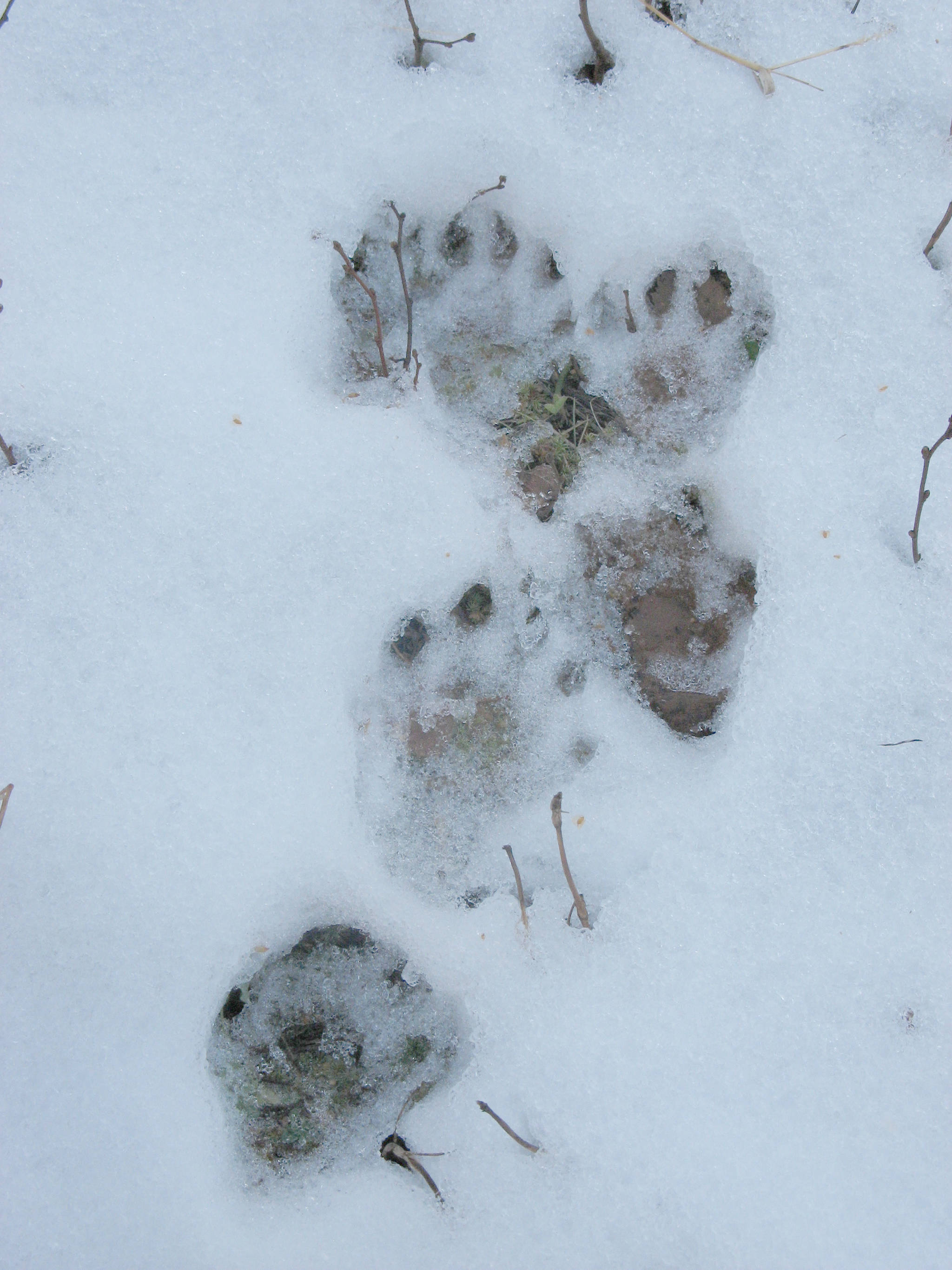I read in a recent newspaper article how even a brief contact with the natural world, or nature, can benefit our well-being. Researchers found that just hearing a bird sing, or seeing trees and the sky, was enough to boost one’s mental health. Other research has shown how contact with the natural world can lower blood pressure and improve other aspects of a person’s physical health.
Contacts with the natural world can also change a person’s philosophy about life. I just read a book titled “Zulu Wilderness: Shadow and Soul” by the late South African game ranger, later turned world-renowned conservationist, Ian Player — who helped save the white rhinoceros from extinction. Most of the book’s storyline takes place in the formerly Umfolozi Game Reserve in South Africa. It is about Player’s forty-year friendship working with Magqubu Ntombela, a native Zulu game guard, whose life was closely in touch with the natural world and how their friendship changed Player’s outlook on life. Player subsequently started the Wilderness Trails program in Umfolozi in 1959 and told how many of his trail clients’ exposure to the natural world during just three or four days often beneficially changed their outlooks on life, especially the importance of maintaining natural places and wildlife.
I identified with many of the places mentioned in the book because my family and I were fortunate to spend time in Umfolzi. I participated in the live capture of two white rhinoceros and observed other wildlife there in the early 1970s while conducting research on leopards in South Africa.
I mention these stories on the health benefits of contact with the natural world because I often I think how fortunate we are on the Kenai Peninsula to have the Kenai National Wildlife Refuge and other public lands nearby, so close that many of us can reach them in less than an hour. We have many opportunities to experience nature here in our own preferred way to help us cope with today’s increasingly complex and stressful lifestyles.
I also think of these advantages when I see commercial ads in magazines enticing people to come to Alaska. I realize that many people are willing to pay thousands of dollars to come here, even briefly to experience its unique natural environment, an experience many of us can have any day of the year and too often take for granted. Although we do not have rhinoceros, lions, and leopards, we have their counterparts with moose, caribou, Dall sheep, mountain goats, bears, wolves, lynx and wolverine. Many people are willing to pay large sums to see these species, perhaps only once in their lifetimes.
Moreover, I also believe one does not even have to observe wildlife to experience their presence. One of my favored winter activities is hiking on frozen lakes on the Kenai Refuge after a snowfall to observe tracks of wildlife. Tracks, unlike a brief visual observation, may reveal where a moose and her calf selectively browsed twigs on shrubs along the frozen shoreline or perhaps where a red-backed vole defied danger and traveled across a bay hoping to reach safety on the other side. Tracks may reveal where a lynx came stealthily by, closely hugging the shoreline, perhaps with the hope of surprising an unwary snowshoe hare for a meal.
If extremely lucky, one may observe where a pack of wolves crossed a lake — find their beds where they lay curled up to rest in the snow or where they chased each other in circles like frolicking dogs. Sometimes one may encounter the trail of a river otter where it alternately loped then slid, making long furrows in the snow as it crossed the frozen lake.
Following tracks of wildlife in the snow can be just as rewarding an experience of nature as a brief or distant wildlife visual observation. Moreover, it is a unique experience that one can only have during the winter, perhaps the most peaceful time of the year.
Dr. Ted Bailey was supervisory wildlife biologist at the Kenai National Wildlife Refuge before retiring in 2001. He has lived on the Kenai Peninsula for over 40 years. Find more information about the refuge at http://kenai.fws.gov or http://www.facebook.com/kenainationalwildliferefuge.

